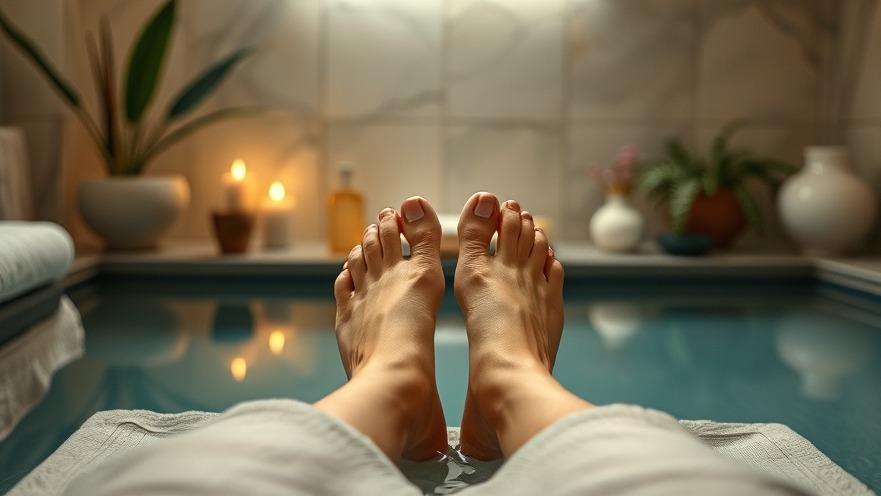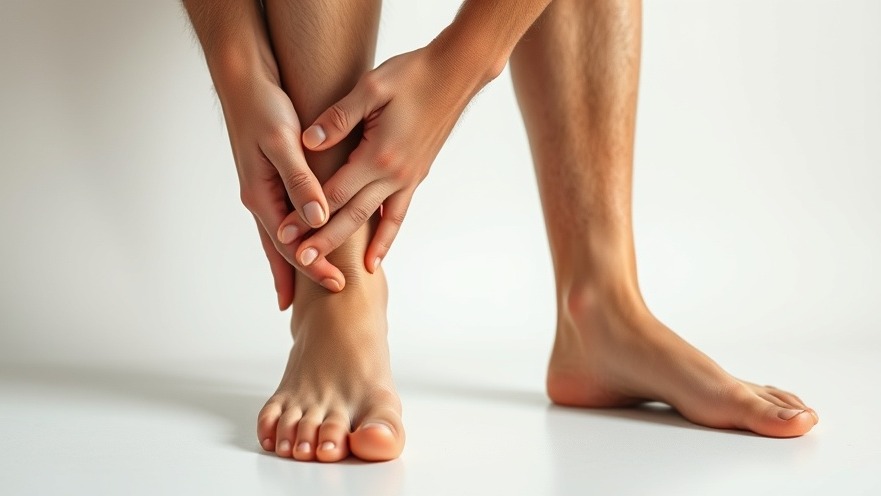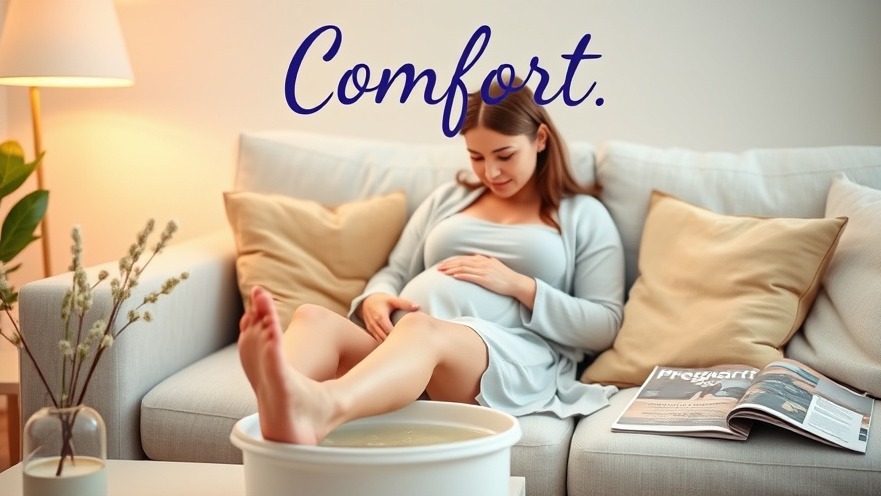
Understanding Varicose Veins: What You Need to Know
Varicose veins are often viewed as a cosmetic nuisance, but they signify deeper health concerns regarding your circulatory system. These swollen veins, which appear blue or purple just beneath the skin, occur when tiny valves within the veins weaken. When functioning properly, these valves work to return blood to the heart. However, due to weakened valve function, blood can pool in the veins, leading to their characteristic bulging appearance.
Why Are Varicose Veins Common in the Feet and Ankles?
Varicose veins typically manifest in the legs, especially around the calves, ankles, and feet. Gravity plays a significant role here, making it difficult for blood to efficiently flow upward from the lower limbs back to the heart. Factors such as long periods of standing or sitting, age, pregnancy, and genetic predisposition can exacerbate this condition. If you're over 50 or carry excess weight, your risk increases, emphasizing the need for proactive foot care.
What Symptoms Should You Watch For?
Your feet and ankles may suffer the most from varicose veins, presenting symptoms that hinder daily activities. Common signs include:
Swelling around the ankles, particularly by the end of the day.
Aching, heaviness, or fatigue in the legs and feet.
Throbbing or burning sensations, along with irritation.
Visible discoloration or dry skin.
Increased risk of skin ulcers or infections.
Each of these symptoms can impact your quality of life and lower your overall activity levels, making it essential to take them seriously.
Simple Strategies for Effective Foot Care
Managing varicose veins requires a multifaceted approach. Here are some ways you can take care of your feet and alleviate symptoms:
1. Utilize Compression Stockings
One of the most effective methods for managing discomfort is wearing compression stockings. These garments promote healthy blood flow and help reduce feelings of fatigue and swelling.
2. Elevate Your Legs Regularly
Raising your legs above heart level a few times daily can alleviate pressure in your veins. Simply lying back and propping your legs on pillows for 10-15 minutes can work wonders.
3. Stay Active and Maintain a Healthy Weight
Engaging in light exercise, such as walking, can enhance circulation and decrease undue pressure on your veins. Being active is not just beneficial for your veins; it's vital for overall health.
4. Consult a Specialist if Symptoms Persist
If symptoms continue, seeking advice from a podiatrist or a vein specialist can be invaluable. Treatments such as sclerotherapy or laser therapy may be recommended to close off damaged veins effectively.
5. Implement Good Foot Hygiene
Simple daily habits, such as moisturizing your feet, choosing supportive footwear over high heels, and addressing skin ulcers promptly, can significantly impact the health of your feet.
Taking Proactive Steps Toward Healthier Feet
It's crucial to remember that varicose veins can significantly affect your feet’ health and your overall well-being. If you're experiencing symptoms, take a proactive approach by seeking professional help. At your local foot care specialist, their family-friendly podiatrists have the expertise to assess your condition and recommend appropriate treatment paths, ensuring you remain active and mobile.
Final Thoughts on Foot Care Management
When it comes to foot care, being proactive can make all the difference. Understanding the underlying causes and symptoms of varicose veins can guide you in making informed choices that promote long-term health. By integrating simple steps and consulting with specialists, you can enjoy better foot health as you age—and that means more freedom and enjoyment in your daily activities.
 Add Row
Add Row  Add
Add 




Write A Comment